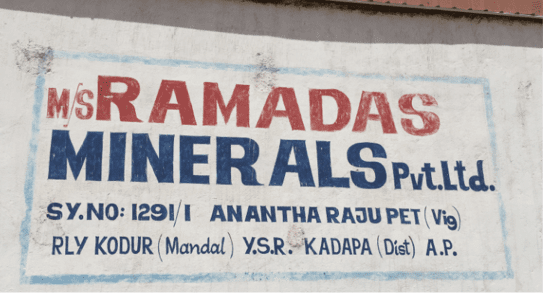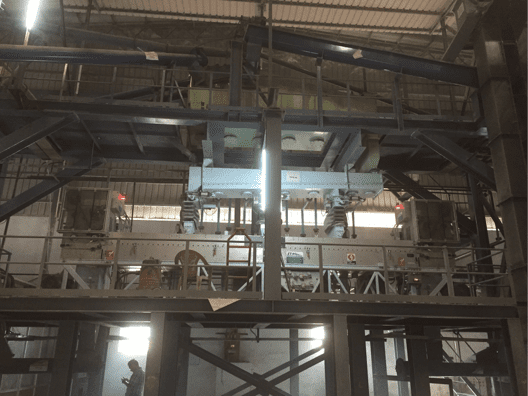Tīpakohia Reo:
Barite Ko te tuatahi, ka puta noa, kohuke e hāngai ana pārana-. pārana, tau ngota 56, ahu tona ingoa i Kariki, me te tikanga taimaha. Barite Kei te mohiotia ano rite baryte. Ko te whenua tuatahi i roto i nei e kitea i tēnei wā putunga arumoni o barite ko te United States, China, India ko Morocco. kiato, me te matū inertness tiketike o Barite hanga reira he kohuke pai mō te maha ngā tono.
Ko te tātai matū mō barite ko BaSO4. He he mahara motuhake tiketike o 4.50 g / cm3. Ko tōna Mohs pakeke ko 3.0 ki 3.5. Barite, e kia kitea ai i roto i te whānuitanga o ngā tae, tae atu kōwhai, parauri, ma, puru, hina, ranei ara taekore, nuinga he tangiwai ki pearly umeraa.
kia kitea ai Barite roto i te taha ki e rua konganuku me putunga kohuke nonmetallic. Hei hei öhanga taea mō te tangohanga, te tikanga Me barite ki hei te rauemi matua i roto i te moni tāpui. Ko nga momo o putunga i roto i nei te tikanga kitea reira ngā rua, wäriu, ka moe. Rua me putunga wäriu e o te take mai i parawhenuatia, i he parataiao putunga moe.
putunga Major i roto i te United States i kitea i roto i Georgia, Missouri, Nevada ko Tennessee. I roto i Canada, te kohuke i keri kua i roto i te Territory Yukon, Nova Scotia ko Newfoundland. I roto i Mexico, Kua putunga barite kitea i roto i Hermosillo, Pueblo, Monterrey ko Durango.


The overwhelming majority of the barite that is mined is used by the petroleum industry as a weighting material in the formulation of drilling mud. Barite increases the hydrostatic pressure of the drilling mud allowing it to compensate for high-pressure zones experienced during drilling. The softness of the mineral also prevents it from damaging drilling tools during drilling and enables it to serve as a lubricant. The American Petroleum Institute (API) has established specifications for the use of barite in drilling mud.

Dry Barite Beneficiation
STET has both pilot scale and commercial experience processing barite to remove gangue such as silicates, rino, and alumina. Low-grade barite beneficiation with a specific gravity between 3.5 - 4.0 has been successfully upgraded using the STET process to product API-grade barite.
STET can demonstrate that the dry electrostatic separation process offers many advantages over traditional wet processing methods (tēnei waka) tae atu:
Disrupting a new industry is always a challenge. ST Taputapu & Technology and Ramadas Minerals Pvt. Ltd. in India understand this challenge well. Ramadas Minerals contacted STET to perform testing of a low grade barite / quartz sample produced at the APMDC barite mine in Andhra Pradesh, India. The material was a low grade tailings product from the mining process. It contained too much silica to be sellable as a high SG barite product, and was being produced in large volumes. What was needed was a process to transform the mining waste to usable product. Wet processing (tēnei waka) was one alternative technology being considered.
Testing at the STET pilot facility demonstrated excellent separation results for the barite powder. The STET separator was able to achieve the goal of +4.20 SG barite through a single separation step.
The STET separator was fit into the existing building, which was originally designed to house a flotation facility. The STET separator installation resulted in significant savings of space, in relation to the previously designed flotation facility. I tua atu, a substantial reduction in capital and operating cost was realized.
Contact STET to learn more about dry processing of barite.